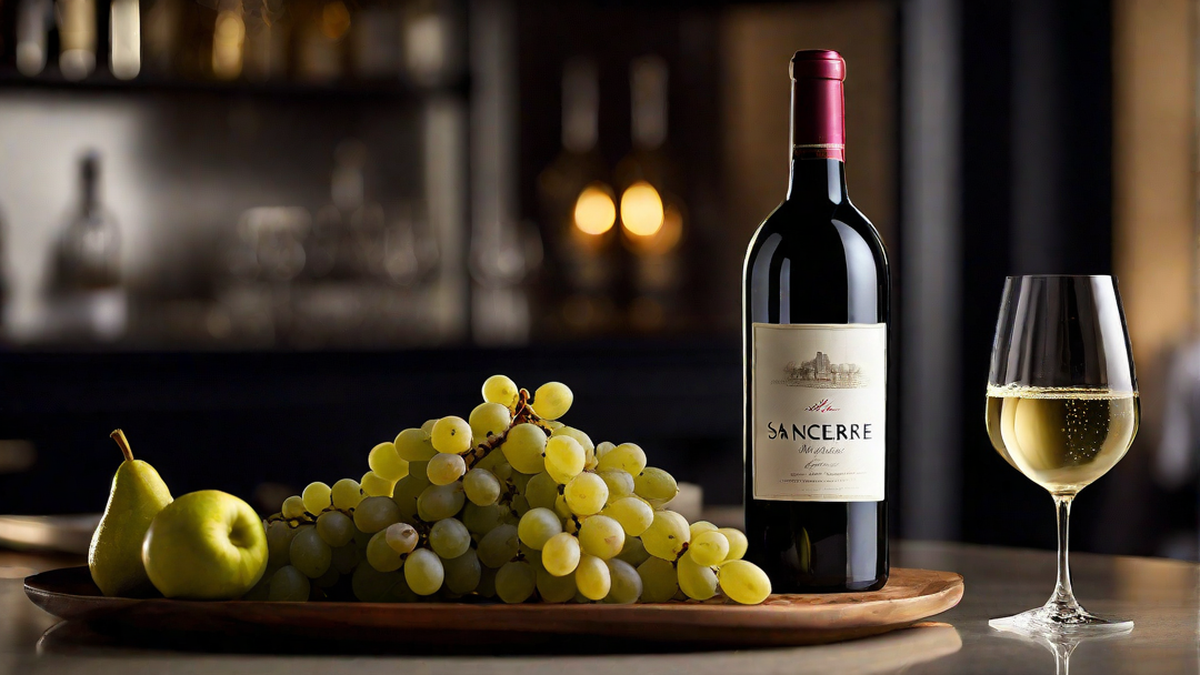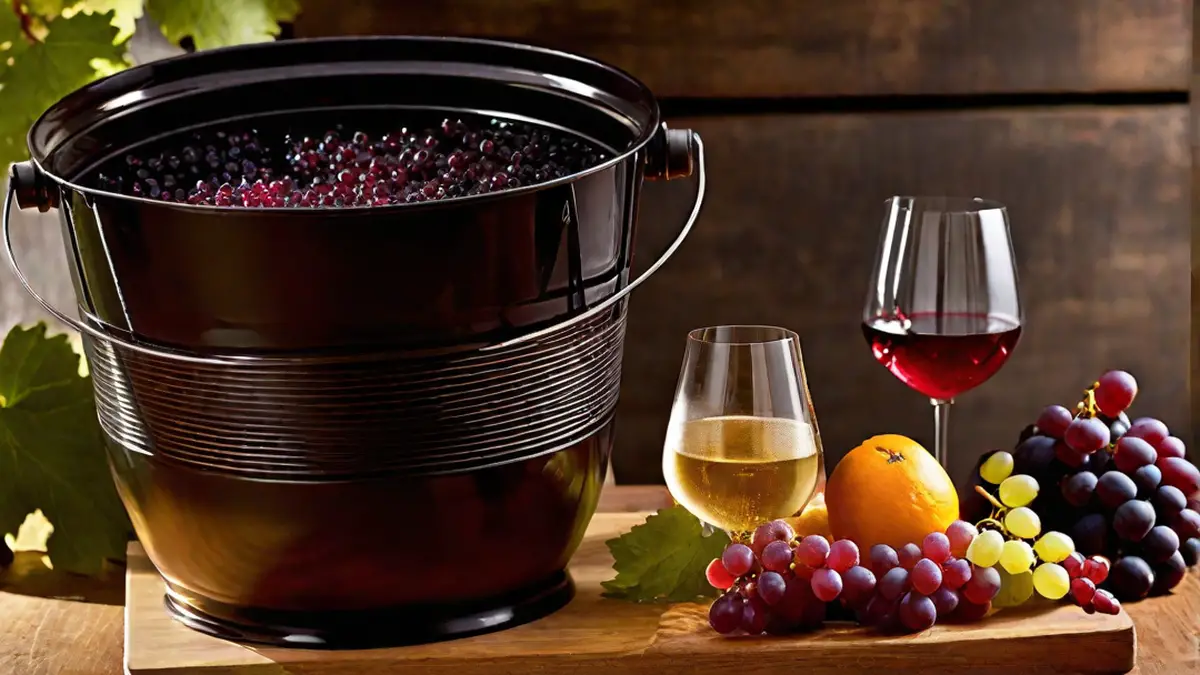Ah, the wine barrel. For me, it signifies more than just a container for aging and holding wine; it embodies expert craftsmanship and ancient traditions. It captures the dedicated work invested over numerous hours and the harmonious bond between nature and human skill.
When I think of a barrel of wine, I imagine the smell of oak and the rich, complex flavors that develop over time. It’s like a symphony playing on my taste buds, with each note carefully composed by the winemaker.
The Making of a Barrel
A barrel begins its journey as a humble oak tree. The selection of the right oak is crucial, as it can contribute distinct flavors and aromas to the wine. The wood is carefully seasoned and shaped by skilled coopers, whose craftsmanship has been honed over generations.
The inside of the barrel, known as the “toast,” is crucial for flavor development. Coopers toast the barrel over an open flame, creating a caramelized layer on the wood. This process enhances the wine’s character, adding notes of vanilla, spice, and sometimes even a hint of smokiness.
Aging and Maturation
Once filled with wine, the barrel becomes a vessel for transformation. The porous nature of oak allows for a slow, controlled exchange of oxygen, which helps the wine evolve and develop complexity. Over time, the tannins from the wood soften, allowing the flavors to integrate harmoniously.
During aging, the wine absorbs flavors from the barrel, such as the aforementioned vanilla and spice. It’s a delicate dance between the wine and the wood, each influencing the other to create a symphony of flavors and aromas.
The Role of Size and Shape
Barrel size and shape play a crucial role in the aging process. Smaller barrels, like the classic Bordeaux barrique, offer a higher surface-to-volume ratio, resulting in faster maturation. These barrels are often used for bold, tannic wines that can handle the intense flavors imparted by the oak.
On the other hand, larger barrels, like the traditional Burgundy pièce, provide a slower and more gradual aging process. They are favored for delicate, nuanced wines that benefit from a gentle integration of flavors. These barrels allow the wine to breathe and evolve slowly, resulting in a more refined and elegant final product.
The Unveiling
After months or even years of aging, the time finally comes to unveil the wine from its barrel. It’s a moment of anticipation and excitement, as you never know exactly how the wine has transformed during its time in the barrel.
As you pour the wine into the glass, the aromas waft up, telling a story of its journey. The flavors dance on your palate, revealing the depth and complexity that the barrel has bestowed upon the wine.
Conclusion
A barrel of wine is more than just a vessel; it’s a partner in the winemaking process. It’s a silent collaborator, shaping the wine with its characteristics and contributing to its unique personality.
So next time you enjoy a glass of wine, take a moment to appreciate the barrel that helped bring it to life. Cheers!




